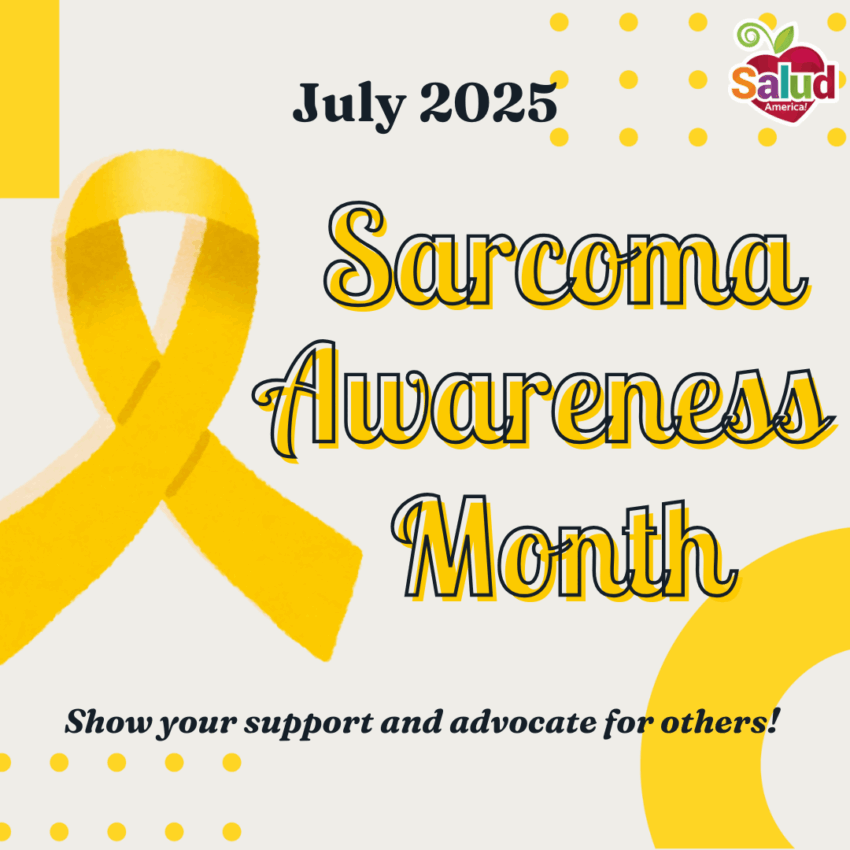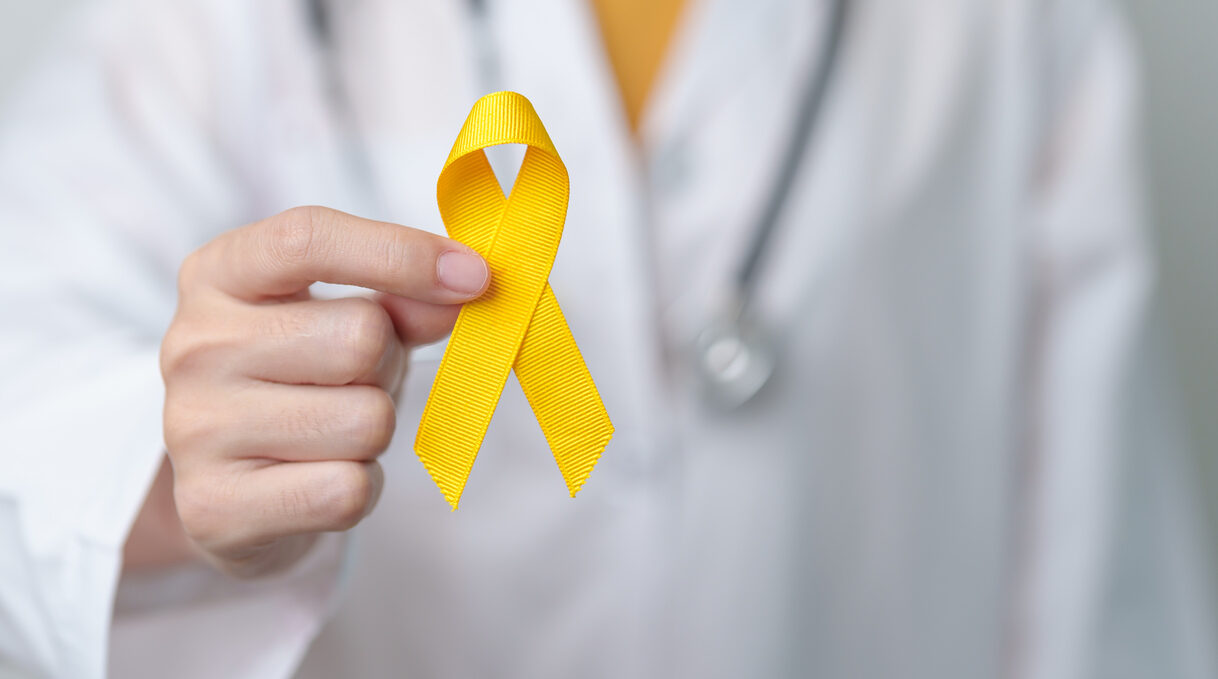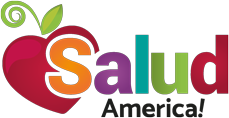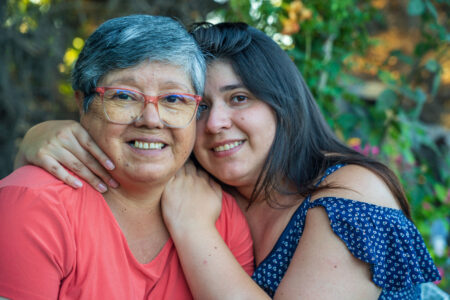
Share On Social!
July is recognized as Sarcoma Awareness Month, which encourages communities to raise awareness and show support for those affected by sarcoma.
Let’s explore resources for you and your loved ones to support!
What is Sarcoma?
Approximately 17,000 people are diagnosed with sarcoma each year in the United States.

Sarcoma is a rare type of cancer that “begins in bone or in the soft tissues of the body, including cartilage, fat, muscle, blood vessels, fibrous tissue, or other connective or supportive tissue,” according to National Cancer Institute.
With over 100 different subtypes, sarcomas are categorized as soft tissue or bone sarcomas, depending on where they develop in the body.
Most sarcomas are within the limbs because this is where most of the body’s connective tissue resides. Here are the main locations:
- 40% of sarcomas occur in the lower extremities (legs, ankles, feet)
- 30% occur in the trunk (chest wall, abdomen, pelvis)
- 15% occur in the upper extremities (shoulders, arms, wrists, hands)
- 15% occur in the head and neck
While sarcoma can be treated with a combination of chemotherapy, radiation therapy, and surgery, about half of sarcomas are resistant to all of these approaches.
With this in mind, it’s important for patients and their families to have and share resources for people experiencing sarcoma.
Resource 1: Sarcoma Foundation of America
The Sarcoma Foundation of America provides several types of support and resources for patients and their families including information on:
- Financial assistance
- Air transportation for medical needs
- Resources for young adults
- Additional patient organizations and research groups
The foundation also provides a list, by state, of medical centers and hospitals that specialize in sarcoma.
“Because sarcomas are rare, it is important to find physicians and multidisciplinary treatment centers that have experience with this disease,” according to the Sarcoma Foundation of America.
There is also a support and discussion group available for those affected by sarcoma where people can connect and share experiences and discussions on diagnosis, treatment, clinical trials, caregiving, and more.
Additionally, loved ones can honor those they have lost and share support for those experiencing sarcoma through the foundation’s Facebook Tribute Wall.
People have the opportunity to hear firsthand how sarcoma impacts lives with patient stories of real patients sharing their experiences and sarcoma diagnosis.
Hear from these inspiring survivors and explore all of the resources from the Sarcoma Foundation of America.
Resource 2: The Sarcoma Alliance
The Sarcoma Alliance “strives to improve the lives of people affected by sarcoma through accurate diagnosis, improved access to care, guidance, education, and support.”
Similar to the Sarcoma Foundation of America, the Sarcoma Alliance has a list of medical centers and hospitals that specialize in sarcoma for patients to browse.
Patients can view an interactive map of U.S. and international sarcoma centers.
The alliance also provides a New Patient Guide that aids newly diagnosed patients with helpful information and steps to take following a diagnosis.
“If you have recently been diagnosed with sarcoma, in the coming days and weeks you may feel lost, overwhelmed, and unsure of what to do first. There are resources and support available to help you. Take a deep breath and use this guide to help you get started,” according to the Sarcoma Alliance.
Through the alliance, second opinion grants are available through the Hand in Hand: The Suzanne Renée Leider Memorial Assistance Fund.
“Research shows the value of second opinions by sarcoma experts. A second opinion is when a patient seeks an evaluation from another physician to assess and make recommendations regarding a patient’s current diagnosis, treatment, and/or follow-up,” according to the Sarcoma Alliance.
Other tools and resources are available through the alliance website, including:
Access the full Sarcoma Alliance website here.
Resource 3: CancerCare
CancerCare aims to help patients and their loved ones as much as possible with a plethora of resources, especially when it comes to sarcoma.
- Financial assistance
- Community programs
- Coping circle workshops
- Online support groups
- Resource navigation
- Additional specialized programs
“CancerCare is committed to providing culturally sensitive services that respond to the needs, strengths, abilities and identities of all people affected by cancer,” according to the organization’s website.
Resources and additional information are also available in Spanish.
Health Resources for Your Area
Having resources for your health is important.
But what about the health of your community?
Find out by downloading a Salud America! Health Report Card for your town!
Enter your county name and get auto-generated local data with interactive maps and comparative gauges on several health indicators. This can help you visualize and explore local issues in education, housing, transportation, food, health, and more.
See how your county stacks up compared to the rest of your state and nation.
Then email the Report Card to local leaders to raise awareness, include the data in a presentation or grant proposal, or share it on social media to drive healthy change in your community!
By The Numbers
1
out of 10
Pedestrians survive when hit by a car at 40 MPH



